
7 minute read
A Wilder Wight
The blue butter ies are some of our most dazzling and endearing insects; winged gems that come alive in the spring or summer sunlight and dance from ower to ower. They shimmer in shades of blue and silver, though a few of the UK’s nine resident species are misleadingly brown. Some of these butter ies are now only found in the few places their favoured habitat remains. Many of these areas are now nature reserves, protected by The Wildlife Trusts. Some, however, can be seen more widely: common blues emerge around May and y over many grasslands, including road verges, and holly blues appear around April to utter through parks and gardens. Your best chance of spotting butter ies is on a calm, sunny day.
See the spectacle for yourself 5 2 1 4 6
3
1 St Catherine’s Hill Nature Reserve, Hampshire & Isle of Wight Wildlife Trust
This stunning chalk downland is a haven for 25 species of butter y, including chalkhill blues and the brown argus. Despite its name, this small brown butter y is one of the blues, a beautiful blue sheen on the males in sunlight. Where: Winchester, SO23 9PA
2 Arreton Down Nature Reserve, Hampshire & Isle of Wight Wildlife Trust
The wide variety of wild owers on Arreton Down have helped make it a hotspot for butter ies, particularly blues. Tens of thousands of chalkhill blues can be seen here, in addition to Adonis blues and the increasingly scarce dingy skipper (which isn’t in the blue family). Where: Newport, PO33 3AA
3 Knighton Down Nature Reserve, Hampshire & Isle of Wight Wildlife Trust
Panoramic views across the Island and a rugged chalk downland unchanged for centuries make this site spectacular. Look for the electric blue of male Adonis blues or spring caterpillars feeding on horseshoe vetch. Where: Knighton, PO36 0NT
4 Noar Hill Nature Reserve, Hampshire & Isle of Wight Wildlife Trust
This swathe of beautiful chalk grassland is a brilliant spot for blues. You can nd chalkhill, small and common blues, splashes of colour within the landscape. Where: Alton, GU34 3LW
5 Daneway Banks, Gloucestershire Wildlife Trust
This wonderful wild ower meadow is regarded as one of the best places in the world to see the rare large blue, which was once extinct in the UK. Where: Near Sapperton, GL7 6LN
6 Malling Down, Sussex Wildlife Trust
Adonis blue and chalkhill blue butter ies dance over the sun-kissed slopes of this ower-rich chalk grassland, where small blues can also be discovered. Where: Near Lewes, BN7 2RJ
Did you discover any butterflies ?
When spotting butter ies, please be sure to follow Government guidance on social distancing and stay local. And remember to tweet us your best photos!
@hantsiwwildlife
Wilder Wight
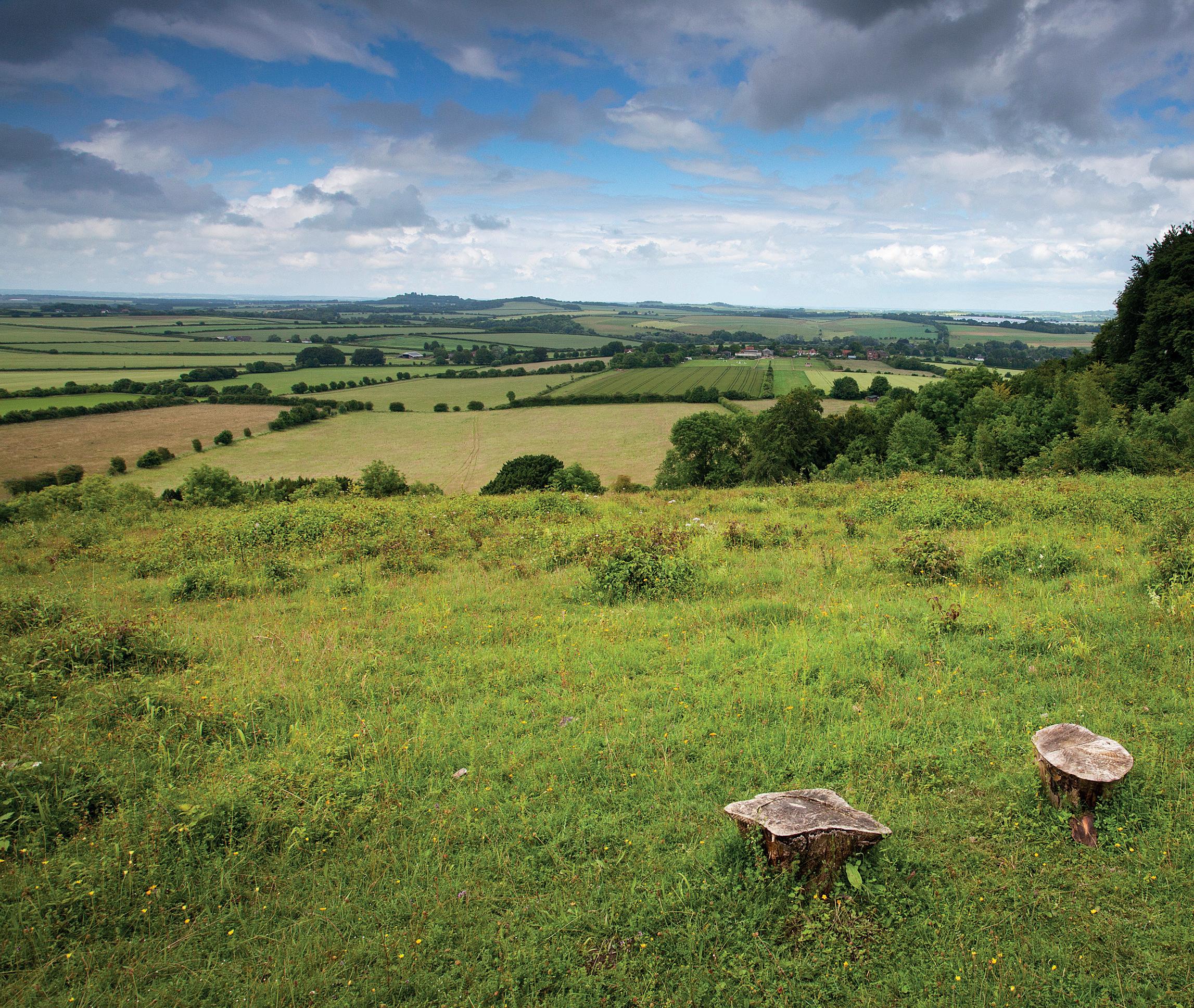
We are working to make the Island a wilder place; here are some of the key ways we will do this including species reintroductions, rewilding the land and continuing to engage residents with nature.
The Trust has a vision for a Wilder Island: wetlands that help prevent fl ooding, fi lter pollution and are home to a huge variety of wildlife. Woodlands that regenerate naturally, helping store carbon and alleviate the eff ects of climate change. Grasslands and farmlands which are productive but can also support nature without routine use of harmful chemicals. A community that cares for wildlife and enjoys the benefi ts brought about by a healthy environment. An economy that is boosted by the natural assets of the Island and green tourism. The Island becoming part of a wider Nature Recovery Network in Britain, proving the benefi ts wilding the land can have for people and for wildlife. Here, we explore some of the ways we hope to make this vision a reality.
Creating a Wilder Wight
The Isle of Wight is an incredible place for wildlife – a microcosm of south-east England with all the habitats characteristic of the region. The chalk grasslands, estuaries, maritime cliff s and slopes are important on a national and international level. The Island’s relative isolation means that there are fewer introduced species, such as grey squirrels. The Island is rich in wildlife with stable populations of rare native animals, such as red squirrels, dormice and water voles. But, despite our best eff orts, nature is still declining here. Space where wildlife thrives is too small and fragmented to be resilient in the face of climate change and a growing human population.
The Island is central to our plans for rewilding, restoring missing species and demonstrating how nature-based solutions can help address the ecological and climate emergencies. The Island is one of the fi rst areas to get the
MIKE READ
Bringing beavers back to the Island is important for creating healthy wetlands, including wet woodland and meadow habitats.
Wilder treatment and will lead the way towards a wilder future, off ering amazing opportunities to realise our aim of seeing one third of land and sea where wildlife is recovering across Hampshire and the Isle of Wight. Our ambitious plans include buying more land, reintroducing missing species, and connecting local people with nature.
Rewilding landscapes
The Trust already has a network of important nature reserves, from Sandown Meadows to Newchurch Moors, Arreton Down and Knighton Down. As part of our rewilding journey we have acquired signifi cant new areas of land and, with your help, we will continue to fundraise to allow us to seize opportunities to acquire more. We will work with farmers, landowners and public bodies to transform the Island and create a Nature Recovery Network - a rich, connected landscape that wildlife needs to survive and thrive.
Newchurch Moors nature reserve was created in 2020 a er the Trust purchased two very special areas of land on the southern slopes of the Eastern Yar. The land purchase was made possible thanks to a generous gi in the Will of Gwendolen Bunce, a local Island resident, and donations from our members and supporters who raised an incredible £245,000. The complex of nature reserves in the Eastern Yar Valley form a rich tapestry of habitats, from ancient woodland and river to grazed pasture and marshland. These habitats form part of a wider network of sites which are managed by the Trust and other conservation organisations. Newchurch Moors is ideally placed to create a fl ourishing landscape for wildlife and people and provides the perfect habitat for the reintroduction of beavers.
Li le Duxmore Farm, a 100 acre arable farm in East Wight, is another recent purchase. The rewilded farmland will be transformed into a wildlife haven, providing vital habitat for struggling farmland birds. Li le Duxmore Farm is also the fi rst example of the new type of ‘nature based solution’ that the Trust is off ering, our Nitrate Reduction Scheme, which will help combat pollution in the Solent and allow marine wildlife to fl ourish.
Bringing back the beaver
Bringing beavers back to the Island is important for creating healthy wetlands. Beavers will reduce the need for human intervention in habitats, as they do
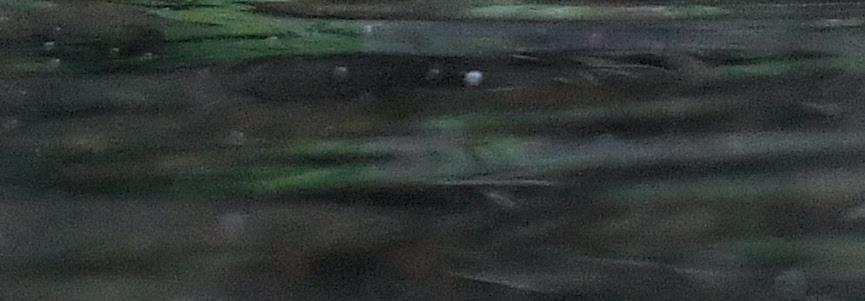
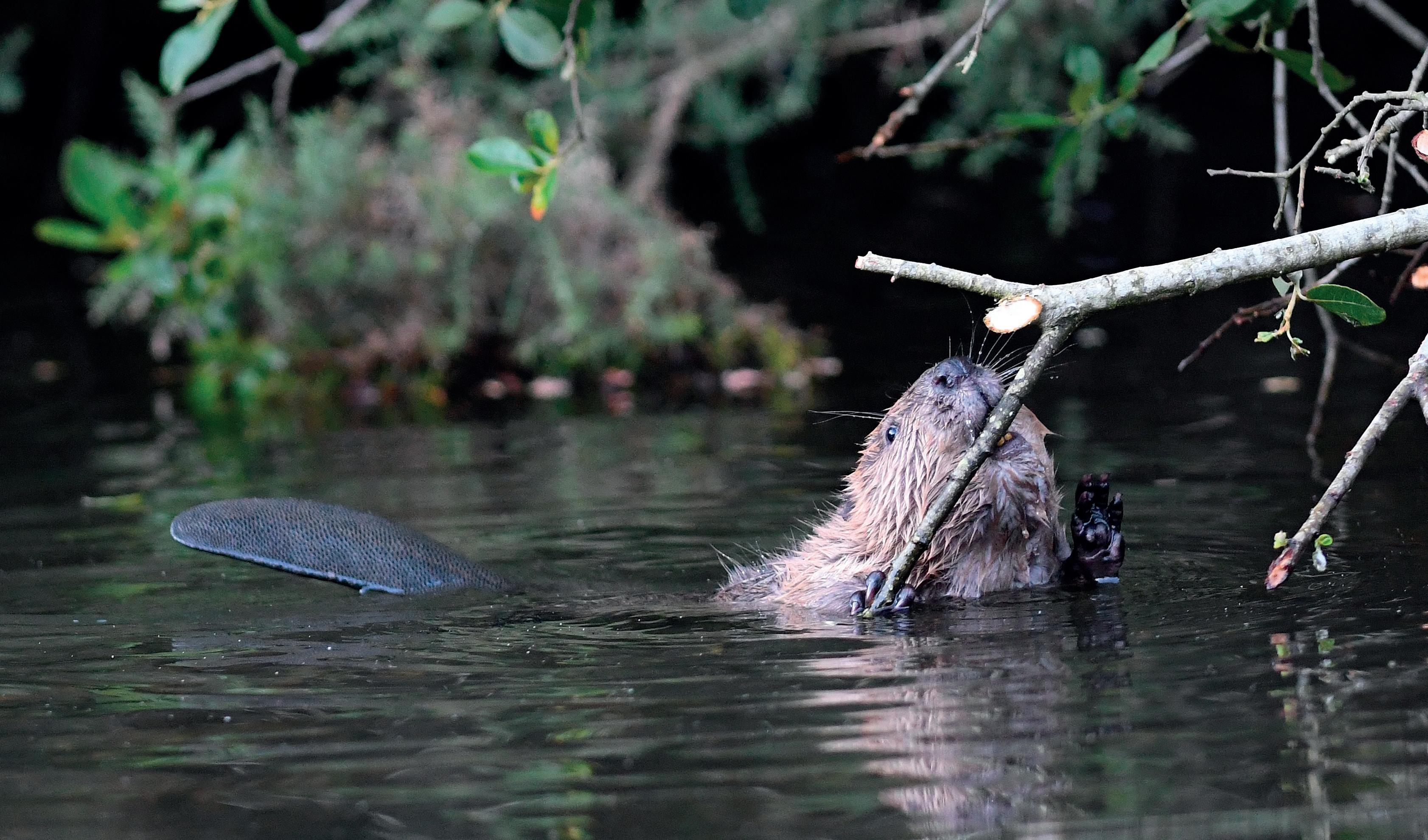
Beavers use woody material, rocks and mud to build dams which help reduce ood risk and create habitats where wildlife ourishes.
Arreton Down in ower - this nature reserve supports a wide range of invertebrates.
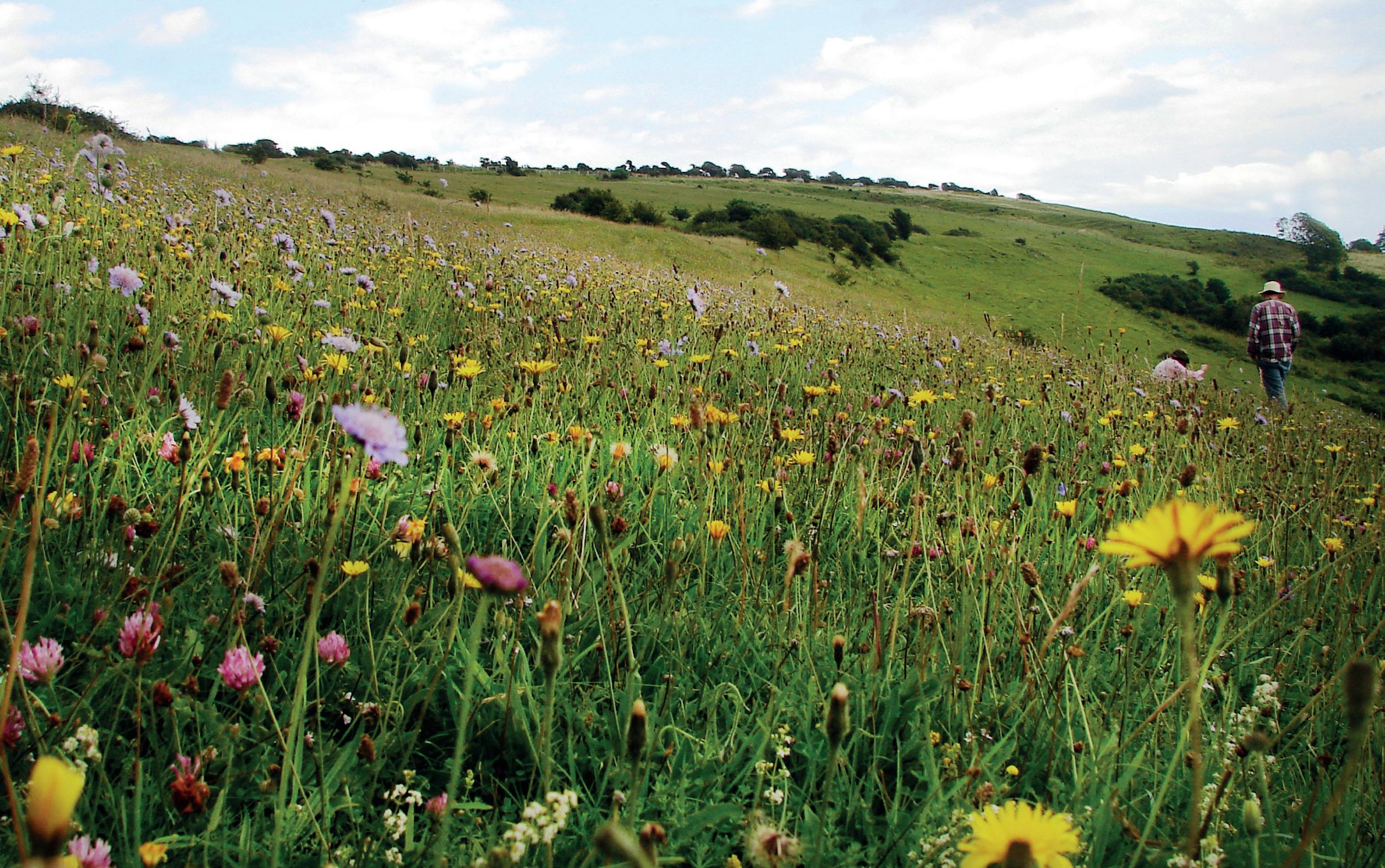
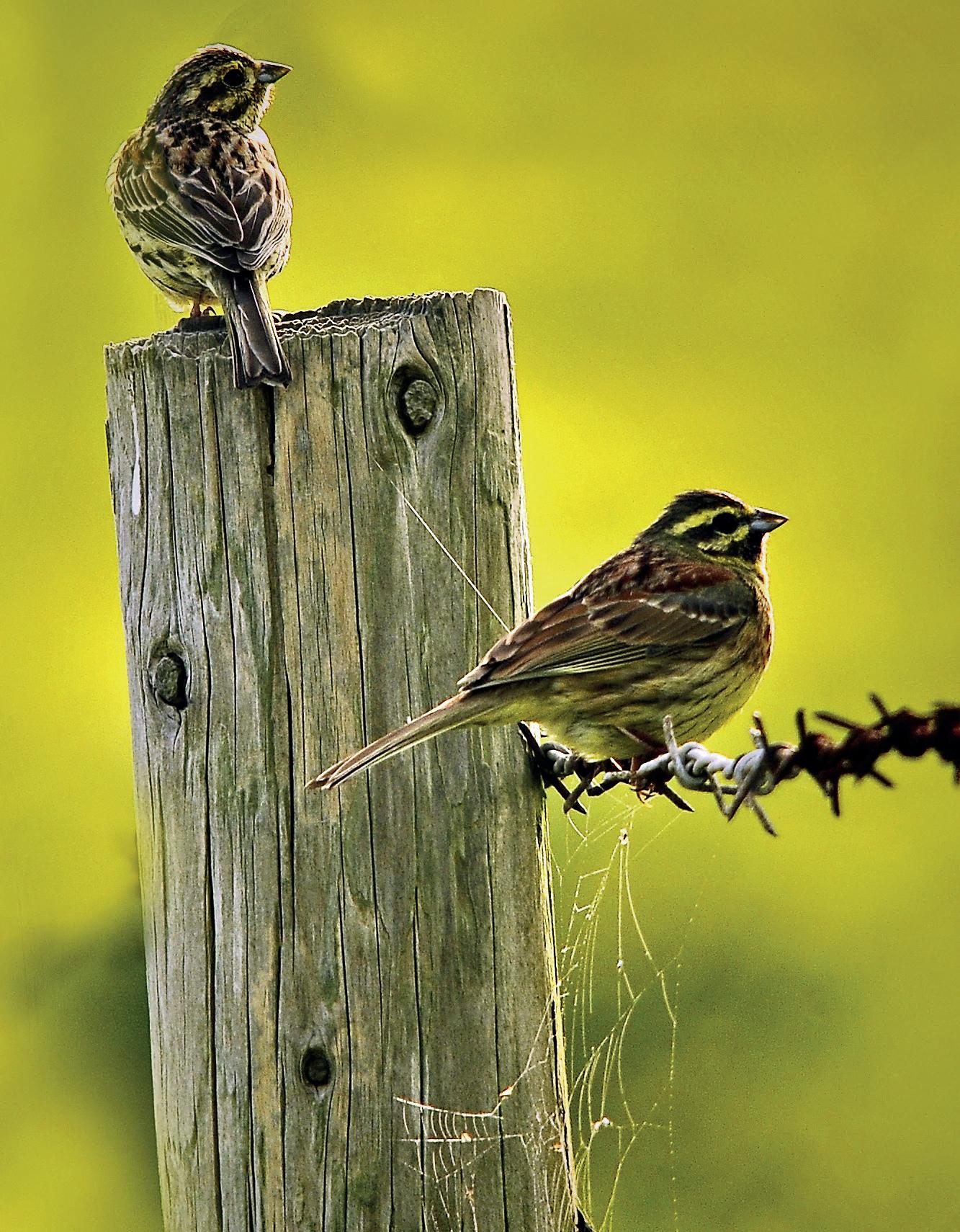
Cirl buntings; farmland birds currently missing from the landscape.
the hard work! They build dams in the fl oodplain, making the ecosystem more complex, leading to a fantastic range of benefi ts including decreased fl ood risk, increased diversity (particularly of invertebrates) and the fi ltering of pollutants.
The completion of an Isle of Wight Feasibility Report, by the University of Exeter, Derek Gow Consultancy and beaver expert Dr Rosin CampbellPalmer, has brought us one step closer to introducing beavers to the Island. Lessons learnt from successful enclosed beaver releases across the UK, particularly Devon Wildlife Trust’s beaver trial on the River O er, have been invaluable in helping us develop our plans. We were thrilled to discover that Newchurch Moors has been identifi ed as one of the best sites in southern England for bringing back the beaver. In fact, the abundance of suitable habitat and catchment suitability in the Lower Eastern Yar means that an open release is likely to be more appropriate than fenced enclosures.
During 2021, conversations with key stakeholders, partners, local landowners and communities will help determine the best way forward as we work together to bring beavers back to the Island. Local engagement will be a critical part of the project, giving people the opportunity to share their views and get involved as we progress towards a licence application in the la er part of 2021. A new Wetland Offi cer will be recruited to oversee the beaver project. They will be supported by a volunteer monitoring team who will walk the catchments looking for signs of beavers - playing an important role in monitoring the success of the project and in addressing potential issues at an early stage.

